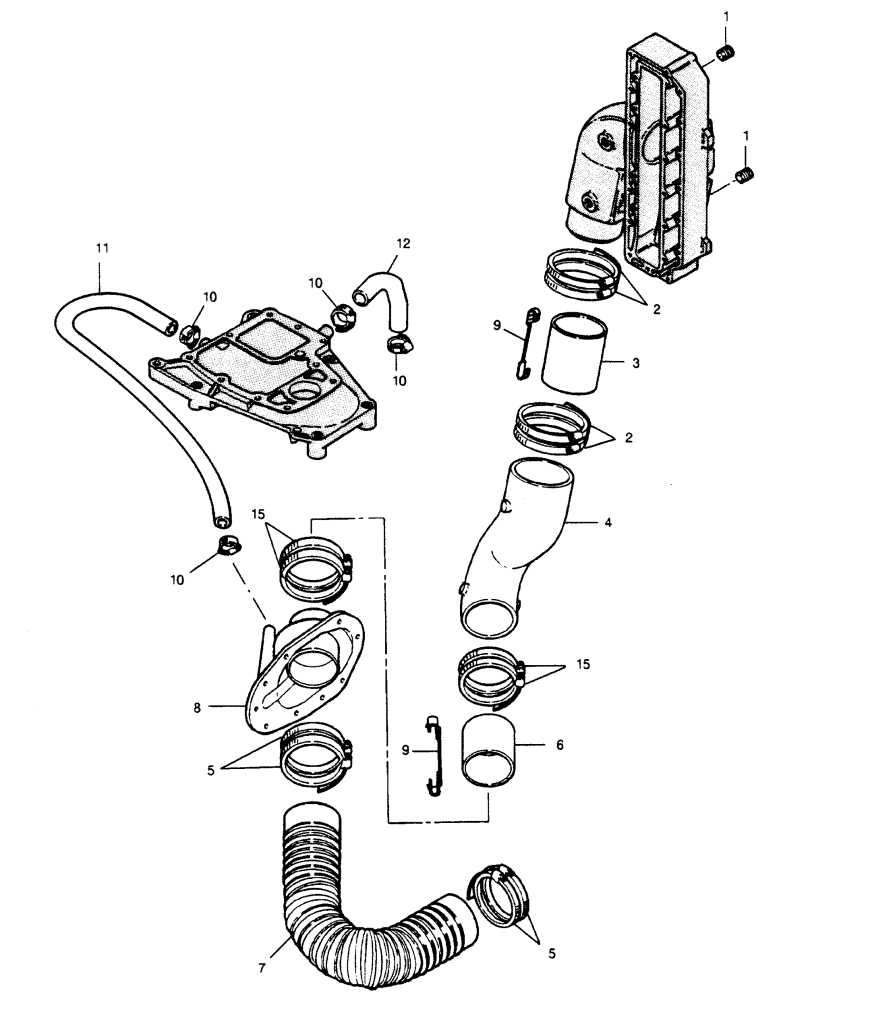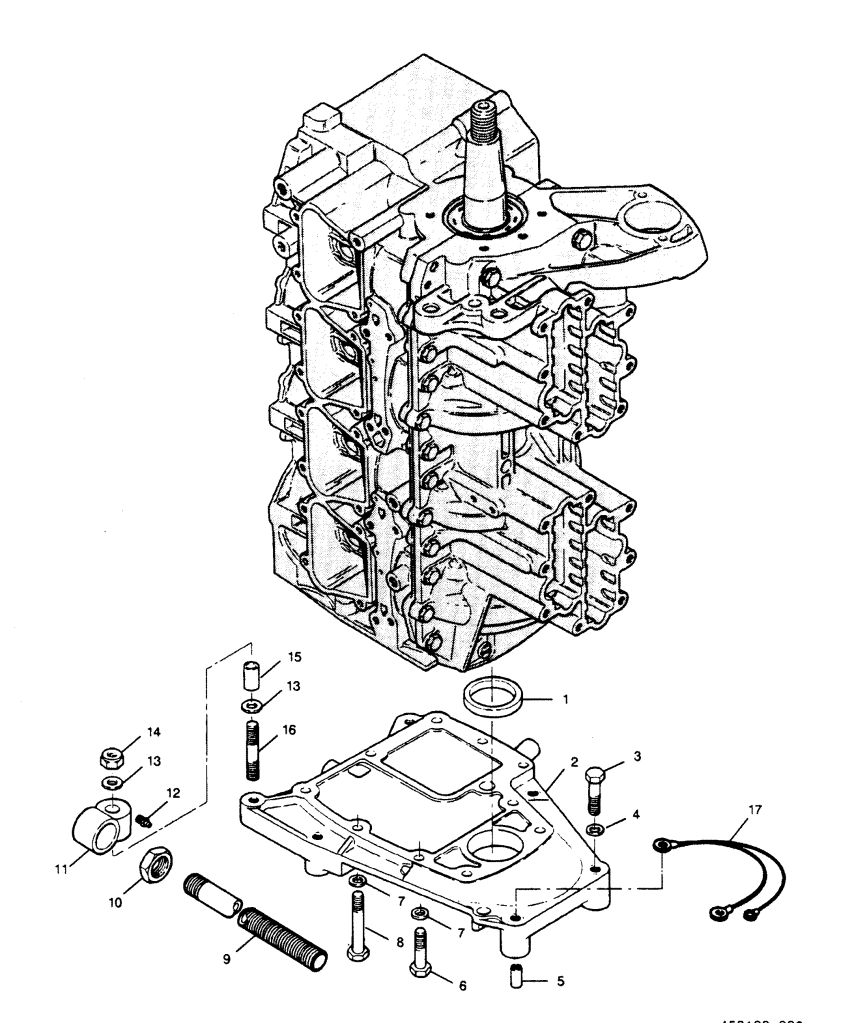I am at a total loss at this point. I have completely re sealed the powerhead ( or ings/head gasket/ALL seals)and installed a brand new water impeller and all associated o rings and gaskets, but my cylinder head temps are still out of control (they reached about 195 when I shut er down). I put it all back together today and installed the engine in the boat. Put the water trough under it and fired it up., Ran like a champ for about 3 minutes, water was flowing out the lower unit weep holes and the exhaust. Then my cylinder head temps started climbing just as before. I removed the thermostat all-together and left the thermostat housing off and cranked the engine (I should mention that it steadily got harder and harder to crank the engine over)Water came out of the cylinder water jackets like it should. I removed all spark plugs and blew down every hole holding tension against the flywheel to keep it from turning over to see if the water jacket/head had been breached. Nothing. I dug out 3 different compression testers but the adapters for all of them were too deep and would hit the piston crown. I need to find a stubby adapter to get some readings. Soooo short story long---why would my cylinder head temps be climbing when water flow is good/thermostat is working/ and air fuel mixture is right on the money for my elevation???????? I really need some answers as to the flow of the cooling water on a 1990 120 HP model B L Drive. Correct me if I am wrong but the water is sucked up into the impeller housing and then transferred to the u joint housing pass though and into the "dog leg" (#12 in diagram) hose. Then it enters the bottom mount plate (i.e. spacer plate in diagram 2)for the powerhead were it then enters the exhaust manifold water jacket. From there it goes to the top of the exhaust manifold water jacket and enters the cylinder water jacket at what would be the right top side (if you were standing in front of it looking at the cylinder head). From there it travel around the cylinder water jacket and back up to the left top side of the cylinder water jacket. Then it enters the thermostat housing and passes through the head cover and DOWN to the bottom were it exits into a separate cavity in the same powerhead mount plate. There is transfers to a hose (#11 in the diagram) that ties into the exit bellows of the exhaust manifold (#8 in diagram). And out the exhaust it goes. What makes no sense (if this REALLY is the route the cooling water travels) is that when I removed the thermostat housing and thermostat and blew regulated air into what would be the cover port (as aposed to the port that leads to the cylinder water jacket) I heard bubbles in the water trough the lower unit was sitting in. Like the air was actually traveling back out the water impeller?!?! WTFUDGE?? I forgot to mention that my lower unit does NOT have exhaust bellows that tie into the lower unit (#7 in diagram below) so the air bubbles I heard are not coming from the exhaust. You can rule out the possibility of water bypassing in the spacer plate as I installed a new seal with a film of high temp silicone and confirmed with the thermostat housing removed and engine idling that water was coming out of the cylinder water jacket.

DIAGRAM 2 Spacer Plate Force 120HP


DIAGRAM 2 Spacer Plate Force 120HP




















